Published in Nuda:Munchies
A hand with six fingers, a shoe, a crack pipe, a bag, a cat playing the piano, a wig, an armpit, a basketball, a crashed car, a polar bear, a sumo wrestler, a basket without eggs, a frog being licked, a man playing the harp and a laptop with shit on it.
What does David Shrigley not draw? Well, until recently: foodstuff. But lately he started to focus on all those edible things that surround us. A peach, a cake, a cucumber, an apple or a glass of wine. Shrigley has become widely popular with his cartoon-like pen-on-paper drawings. They combine everyday situations with absurdism and a sense of dark humour: I think that comedy is very important in life; not necessarily in art but it seems to be quite important in my art, he says.
In fact, I’m surrounded by people who collect Shrigley’s postcards, books and posters. It happens that some of my friends laugh out loud in public, losing control in ways that make them look weird – at least to those who did not see the same Shrigley Instagram-post that day. Since months I have been microdosing his special combination of sarcasm and absurdism on an everyday basis. Full disclosure: His work is all over my apartment.
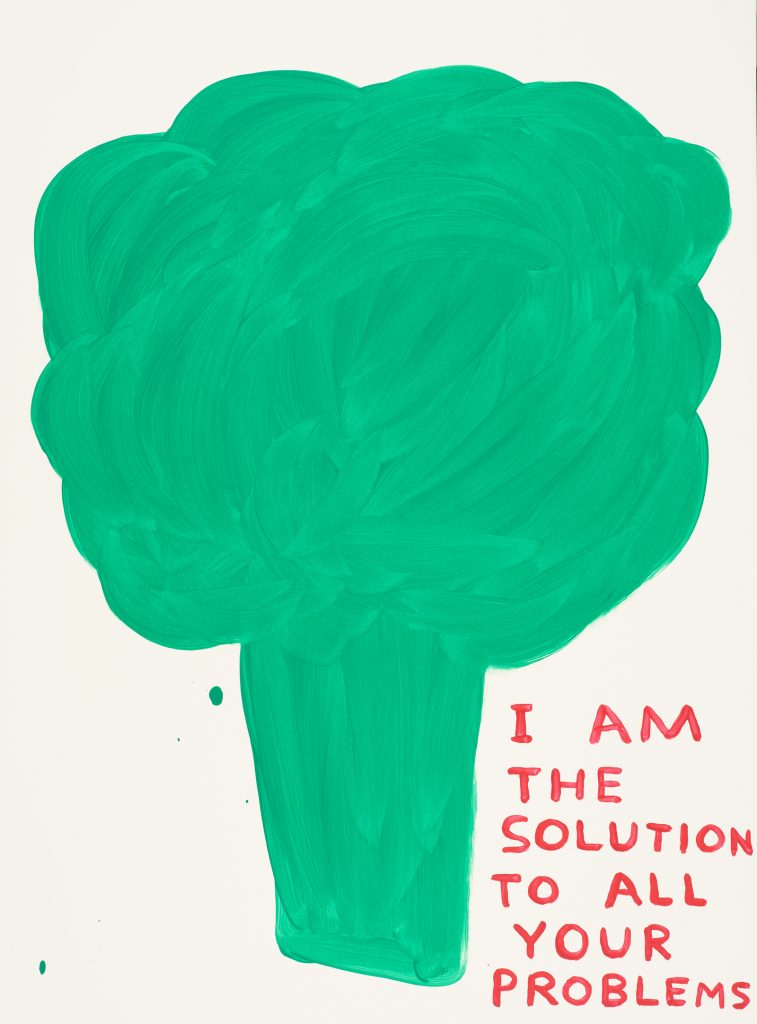
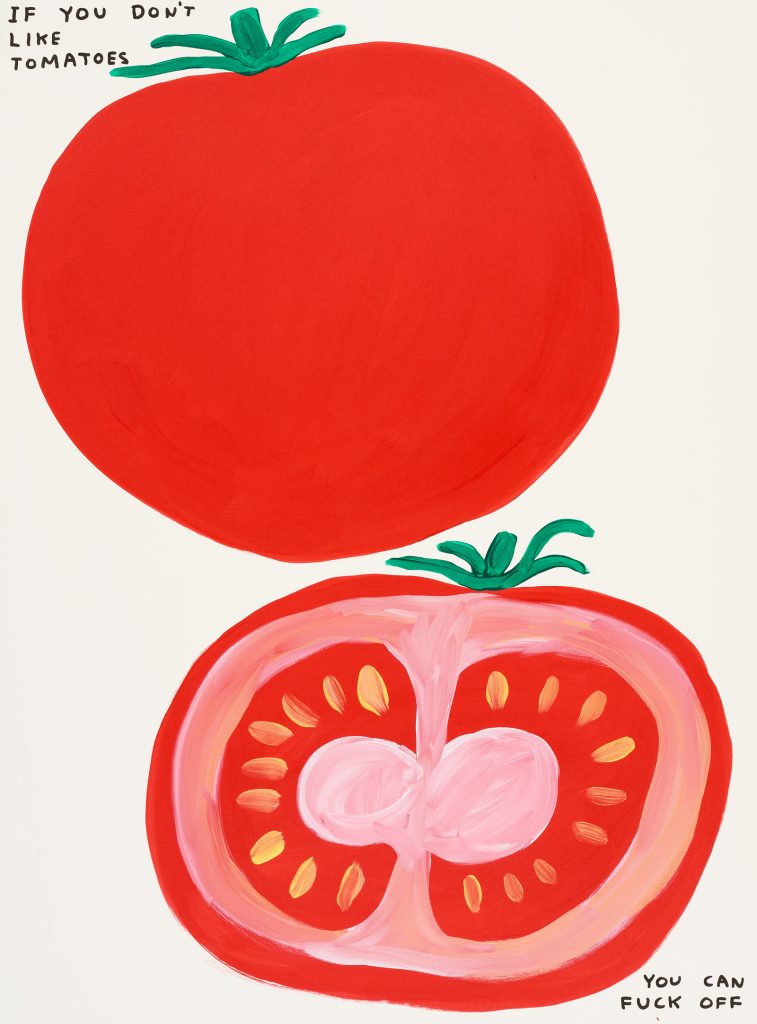
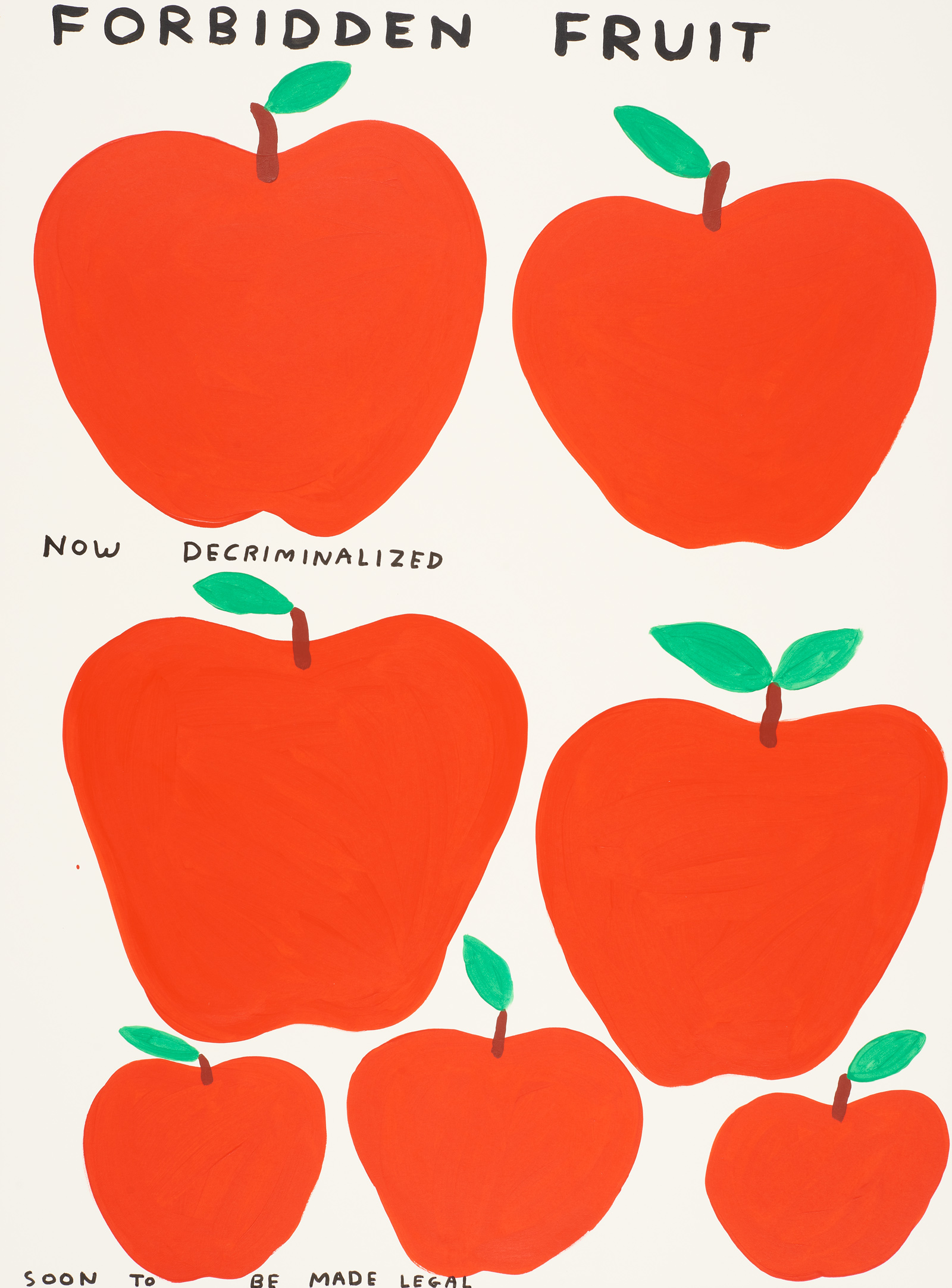
In addition to his admired drawings, Shrigley works with sculpture, animations and installations. He has also collaborated with musicians such as Franz Ferdinand, David Byrne and Hot Chip. Shrigley has exhibited widely, also in venues outside of the art world, like the London restaurant Sketch. His work does not really require any explanation. But we asked Shrigley to share some thoughts on what inspires him and about his relationship to food and drinks.
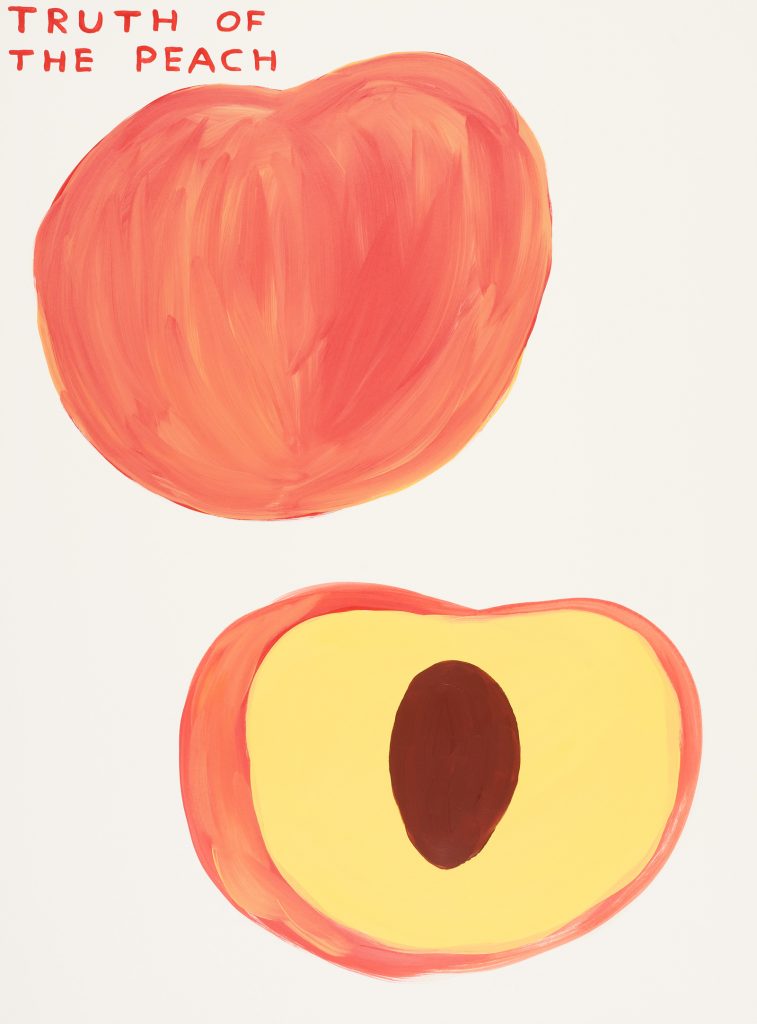
Astrid Birnbaum: Your work in general displays a lot of relatable objects from everyday life. It’s animals, humans, but also food to a large extent. There is the Truth of the Peach or the ridiculous aubergines, the £1000 pretzel and the forbidden fruit. What role does food play in your life and your art? How come you have been so drawn to food as a motif in your work? (And P.S., what is the truth of the peach?)
David Shrigley: In my work sometimes I feel I have drawn everything in the world that there is to draw. Recently, I realised there were actually quite a lot of things that I haven’t drawn and a lot of these were foodstuffs. So as a result I have lately been drawing a lot of food. You will have to figure that out for yourself.
AB: Drinks are also recurring. Do you ever get inspired whilst being a bit drunk? Do you think being under the influence is a good way to start creating? What does a glass of wine represent in our society today?
DS: I never get inspired when I’m drunk. At least not inspired in a good way. So for me making art is a very sober activity. That said, I do like to have a glass of wine on the weekends. In recent years I’ve been lucky enough to meet quite a few people who know a lot about wine so I’ve learned a lot from them. I think the main thing that I’ve learned recently is that I could just drink French wine for the rest of my life and be happy. That’s not to say that there isn’t any good wine outside of France but I think the French are the best at making it.
for me making art is a very sober activity
AB: Is art fun? I think people all over the world enjoy and relate to your work. I know I do. Humour plays a big part, often humour with a dark twist! How does humour work in your opinion? And, do you find your humour specifically British? Why do you think people are so drawn to your drawings?
DS: Making art makes me happy. I don’t know if that means that art is necessarily fun: the act of making art is sometimes fun but also sometimes quite difficult. It’s hard to say if my sense of humour is particularly British; I guess it must be but then it’s hard to see yourself as other people see you. I think that comedy is very important in life; not necessarily in art but it seems to be quite important in my art.

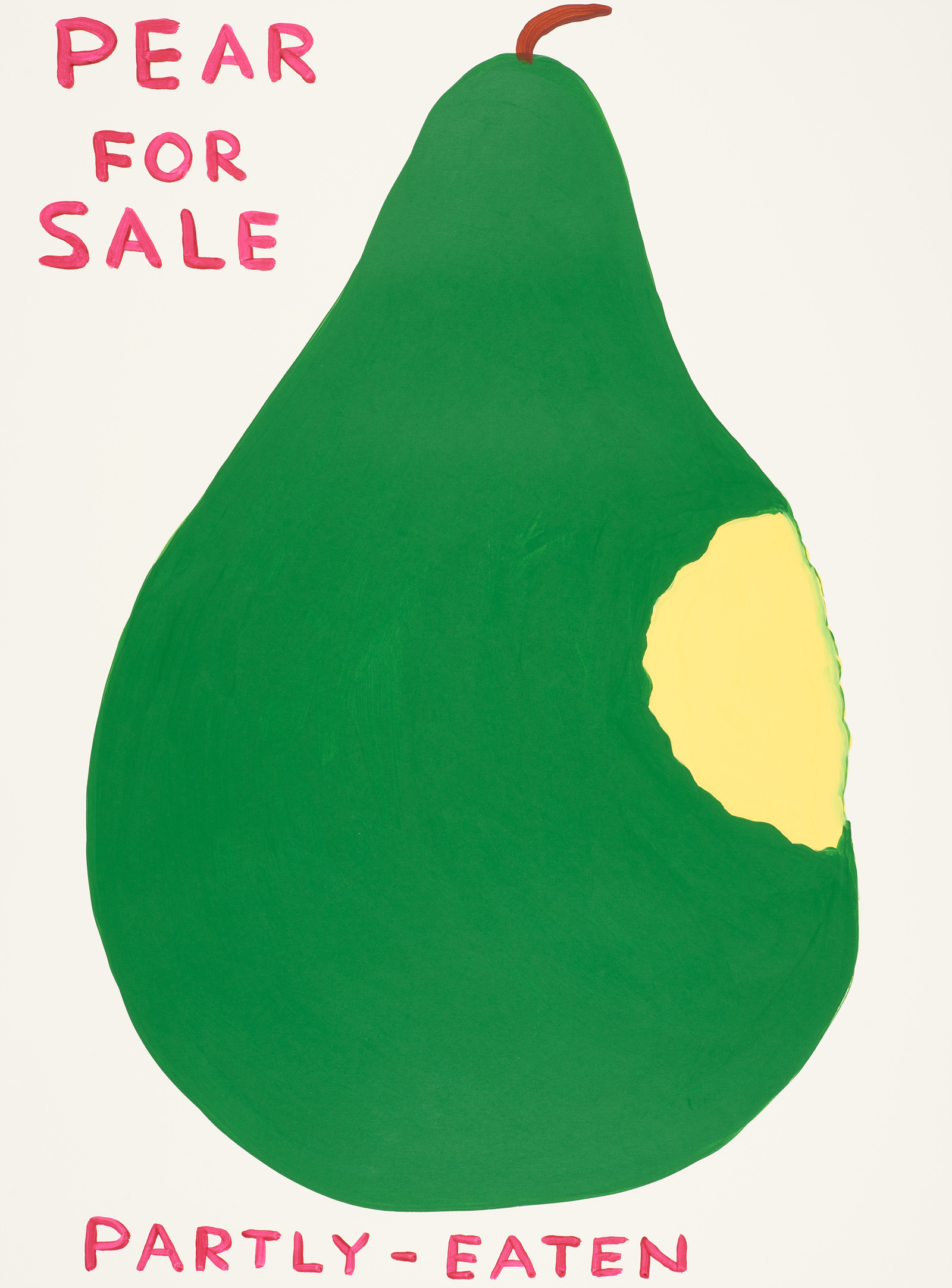
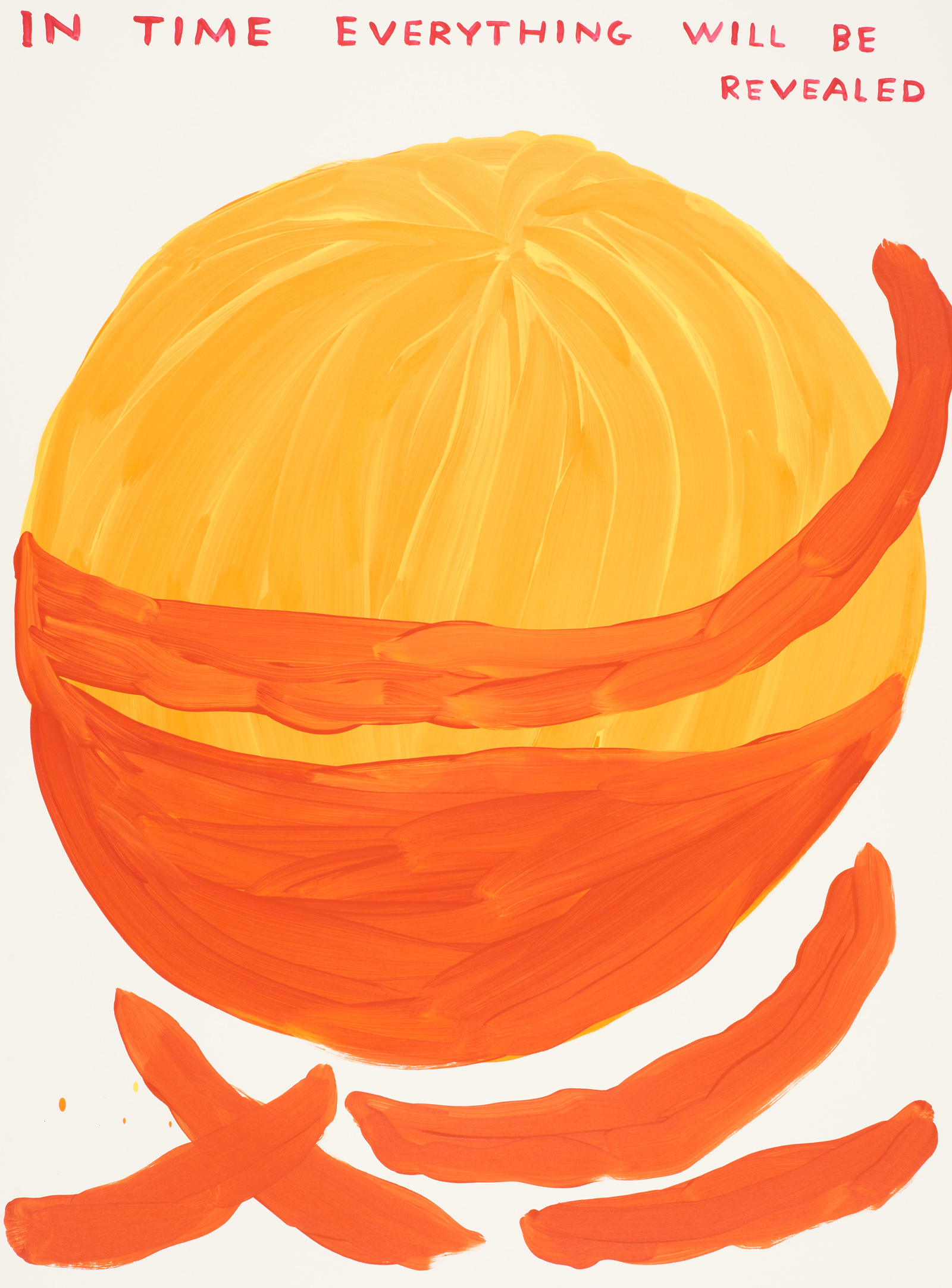
AB: Tell me about why you wanted to become an artist! Have you always been a creative person? When and how did you start drawing? You have a very specific aesthetic; I mean, you can see if it’s a work of yours. How did that style develop?
DS: I think that I have always wanted to be an artist even before I realised that there was such a career as an artist. Some people are artists and some people aren’t. I don’t think you have a choice; if you are an artist you have to make art otherwise you won’t be happy. My aesthetic is kind of a non-aesthetic. I made a decision to only draw or render things as accurately as was necessary to say what I wanted to say; it’s kind of an economy more than anything else.
AB: Can you tell me a bit about your latest series of works? What’s the background?
DS: I don’t know what to say about my most recent series of works. I guess I have more time on my hands since Covid. So as a result I have made a lot of art and, as I said before; making art makes me happy and you’ve got to do something to make yourself happy, especially right now.
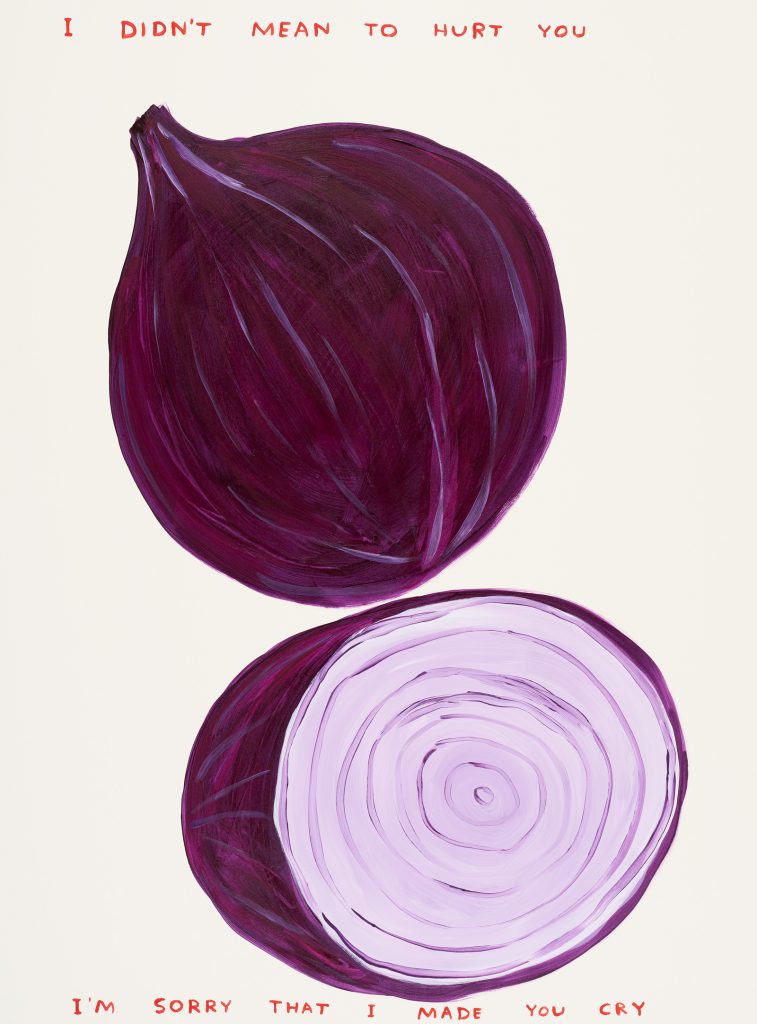
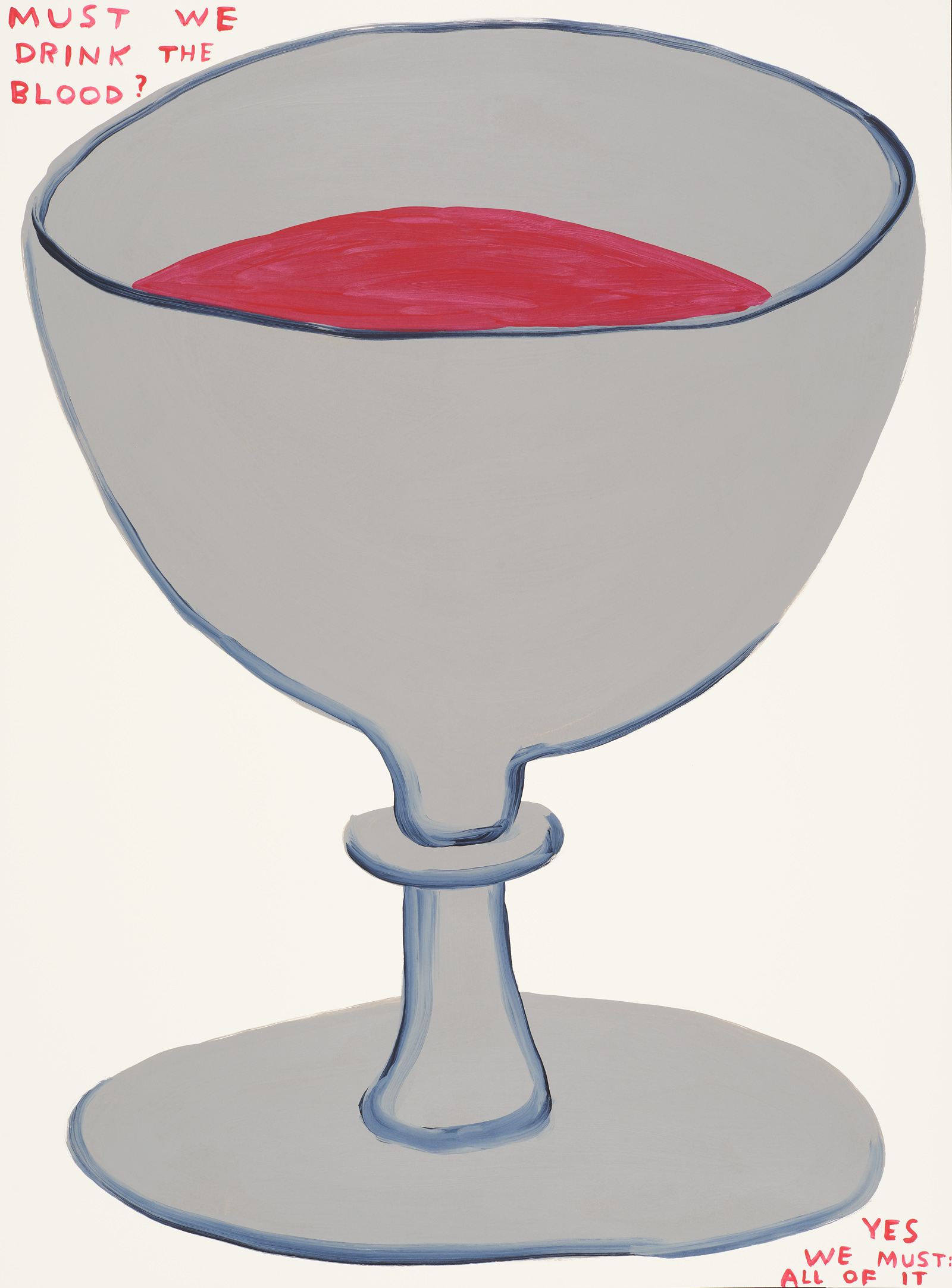

AB: Where do you get your inspiration from? What inspires you?
DS: It would perhaps be easier to list the things that don’t inspire me. I feel like almost everything has the potential to inspire. Though it does depend what mood you’re in.
AB: My friend Hans Ulrich Obrist says you are the Glasgow miracle. What is your reaction to that?
DS: Some would say that it’s a miracle that I have become a successful artist. Though I don’t think that’s what Hans Ulrich meant. He’s always been very kind to me.
I could just drink French wine for the rest of my life and be happy
AB: What’s your favourite dish? How often do you eat it?
DS: I think that the best food you can eat is vegetables that you have grown yourself. In the summertime I often eat vegetables from our garden – but I’m not very good at growing them. My wife is the gardener and I just do as I’m told.
| Words | Astrid Birnbaum |
